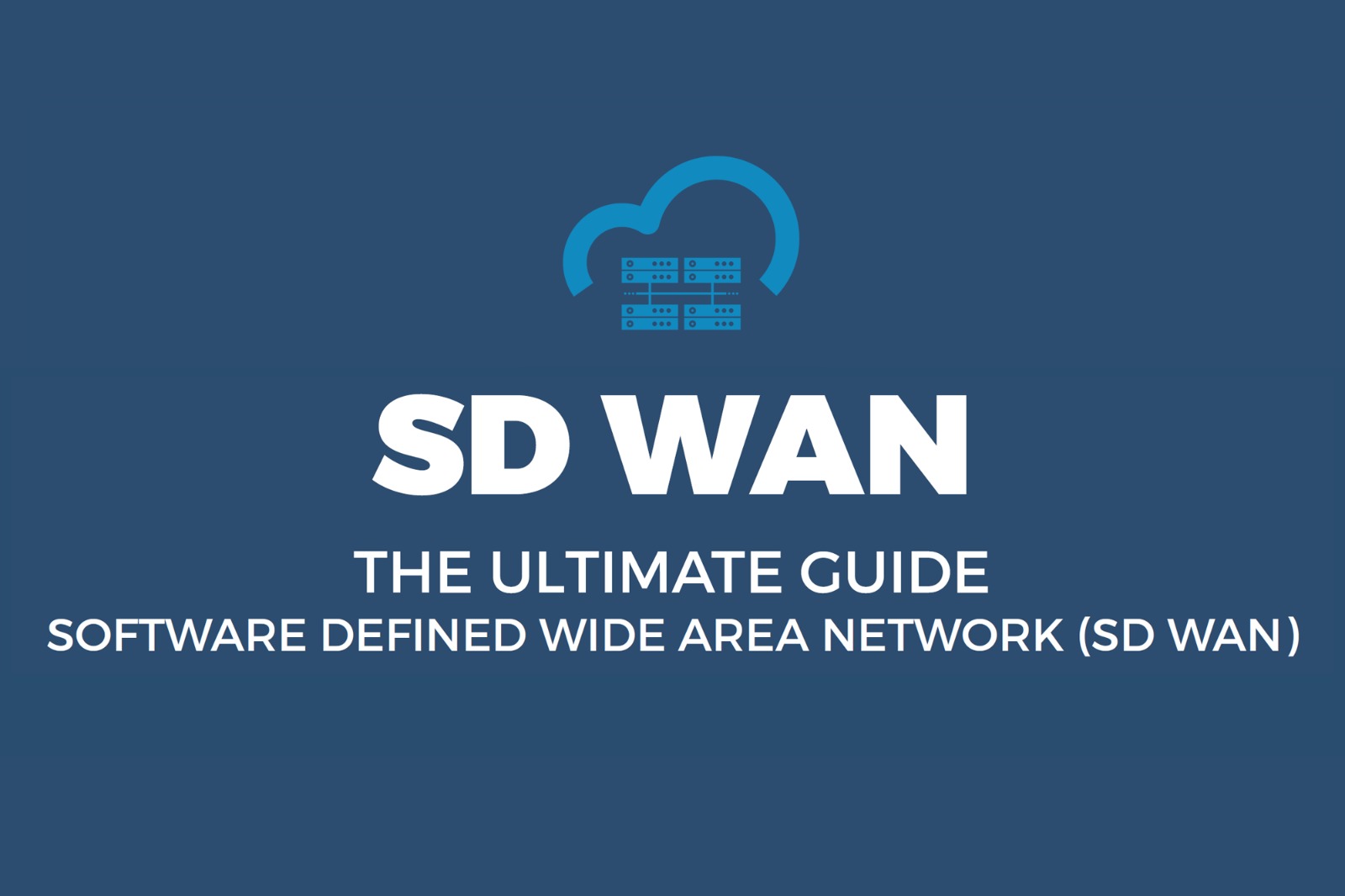SD WAN-Making Networks Better
Navigating the World of SD-WAN: Making Networks Better
Introduction
Technology on Internet has always been dynamically upgrading with the necessity of increased Security, usability and performance. MPLS, BGP, Firewall, VPN, SSL, NAT and WAF are some hardware and software approach that contribute to the enhancement. Miles of fiber have been scattered around the world involving millions of networking devices giving shape to today's global WAN 'The Internet'. Directing traffic across this huge infrastructure is a challenge however its overcome by advanced traffic management techniques, and network optimization strategies.
SD-WAN (Software Defined Wide Area Network) is a software-defined approach to manage the WAN. It's different from older ways of managing networks because it uses software to control how data moves around or how a network traffic is managed.
What is SD-WAN?
It’s a software defined approach. "Software defined" refers to a concept where the functionality and behavior of a system or device are controlled by software rather than hardware. This means with SDWAN, the operation, configuration, and management of WAN can be modified, adjusted, or updated through software interfaces, allowing for greater flexibility and ease. Thus, SD-WAN has found to be in preference as compared to the traditional hardware approach of WAN management. SD-WAN is smarter because it can change how it works based on what's happening in the network.
Why SD-WAN?
SD-WAN is a technology that enhances the management and operation of WANs by separating the network's control and data planes.
SD-WAN devices are deployed across the network at different locations, such as branch offices, data centers, and cloud environments. Initially, these devices are configured with basic settings and connected to the network.
The features of SD-WAN along with its advantages are:
- Centralized Management:
SD-WAN employs a centralized management system, typically a software-based controller that allows implementing network policies, configuration and rules. Administrators can easily configure guidelines, monitor performance, and troubleshoot issues from a single dashboard, simplifying network operations and reducing complexity.
- Network Surveillance and Analytics:
It allows continuous monitoring of performance characteristics of network paths and links, such as latency, jitter, packet loss, and bandwidth with real-time dashboards and analytics tool enabling proactive troubleshooting and optimization.
- Reliable and Persistent
In the event of network outages or link failures, SD-WAN dynamically reroutes traffic to ensure uninterrupted connectivity and minimize downtime thus providing automatic failover and redundancy mechanisms.
- Dynamic Path Selection for traffic steering:
Based on the defined policies and real-time network conditions, SD-WAN dynamically selects the best path for each application's traffic based on link quality, latency, congestion levels, and application priority.
- Security Enforcement:
SD-WAN integrates security features to protect data and applications traversing the network incorporating advanced security features such as encryption, segmentation, and threat detection.
- Adaptive Optimization and Flexibility:
Enterprises gain the flexibility to quickly adapt to change business requirements. They can easily scale bandwidth, add new branch offices, and deploy new applications without the constraints of traditional networking technologies.
- Cost Savings:
SD-WAN enables enterprises to leverage cost-effective internet connections alongside or instead of expensive physical circuits. This flexibility reduces operational expenses associated with network connectivity while maintaining performance and reliability.
- Support for Cloud Applications:
As enterprises increasingly rely on cloud-based applications and services, SD-WAN ensures optimized connectivity to cloud platforms. It allows direct access to cloud resources and improves the performance of SaaS (Software-as-a-Service) applications.
- Support for Remote Workforce:
With the rise of remote work, SD-WAN facilitates secure and reliable connectivity for remote employees accessing corporate resources from various locations ensuring consistent performance and security across distributed workforce environments.
Overall, SD-WAN empowers enterprises to modernize their network infrastructure, improve agility, reduce costs, and deliver better user experiences in today's digital business landscape.
Connect with us at
Subisu Cablenet Ltd.
Baluwatar, Kathmandu Nepal
Email: Xperience@subisu.net.np
business@subisu.net.np
